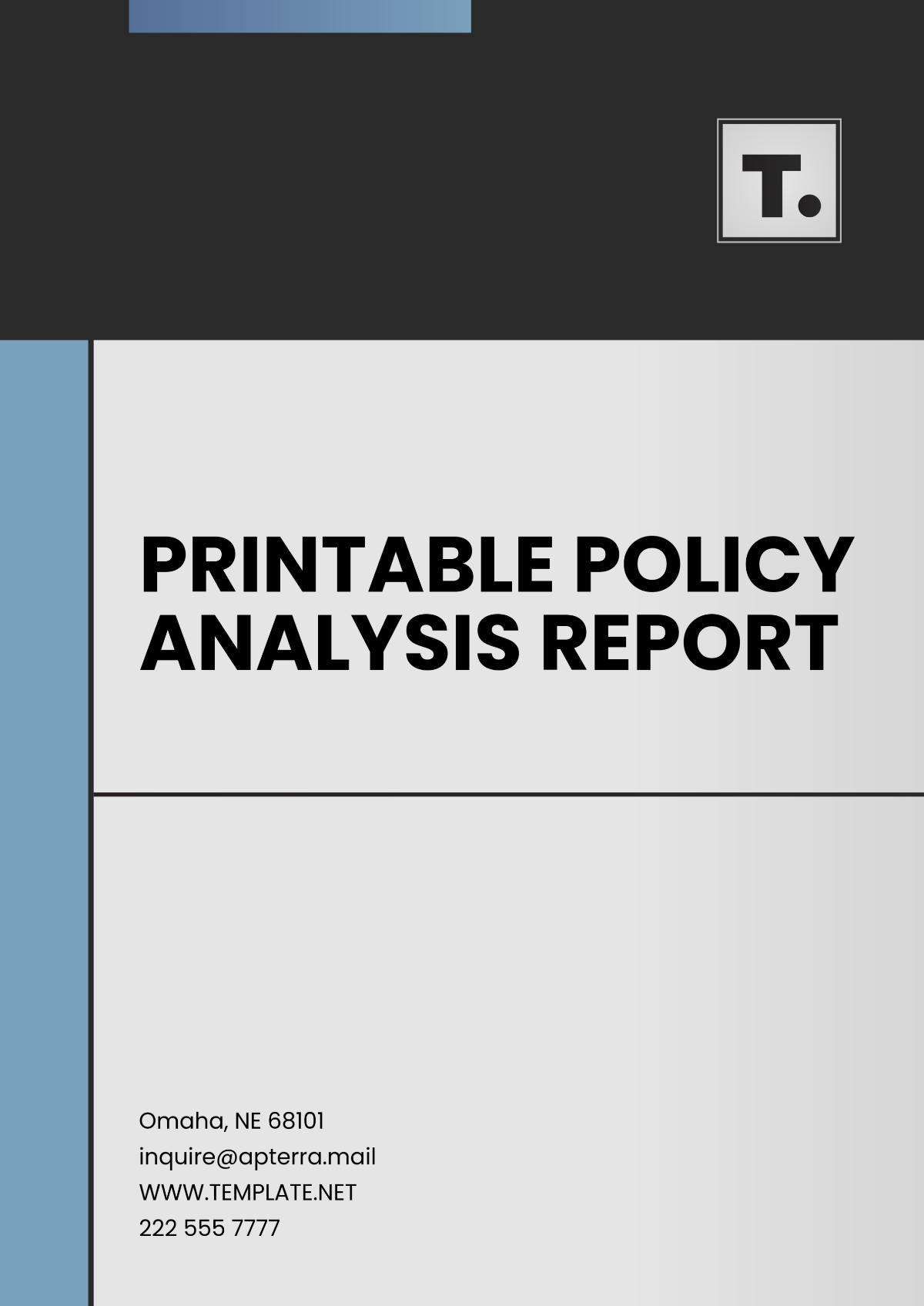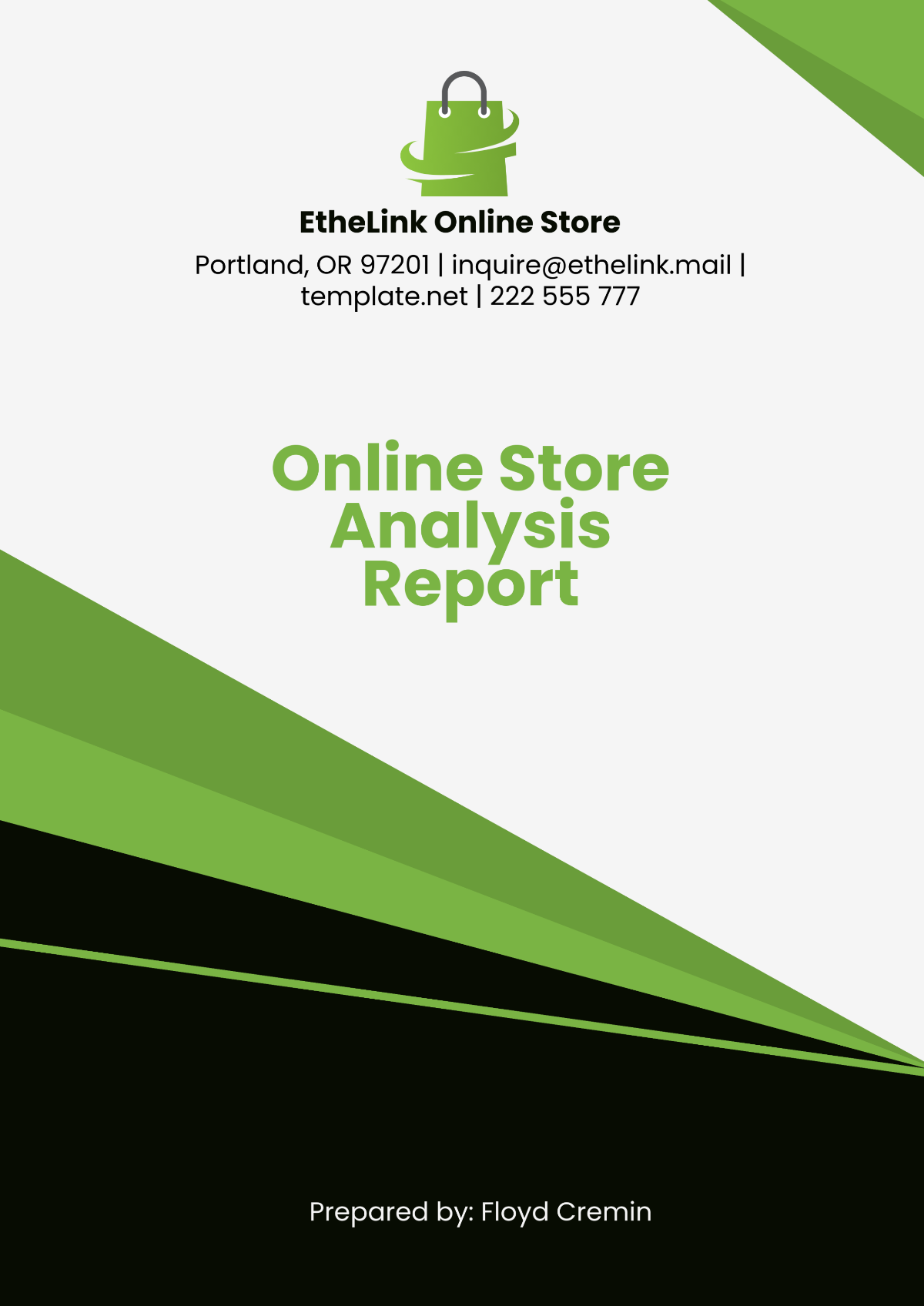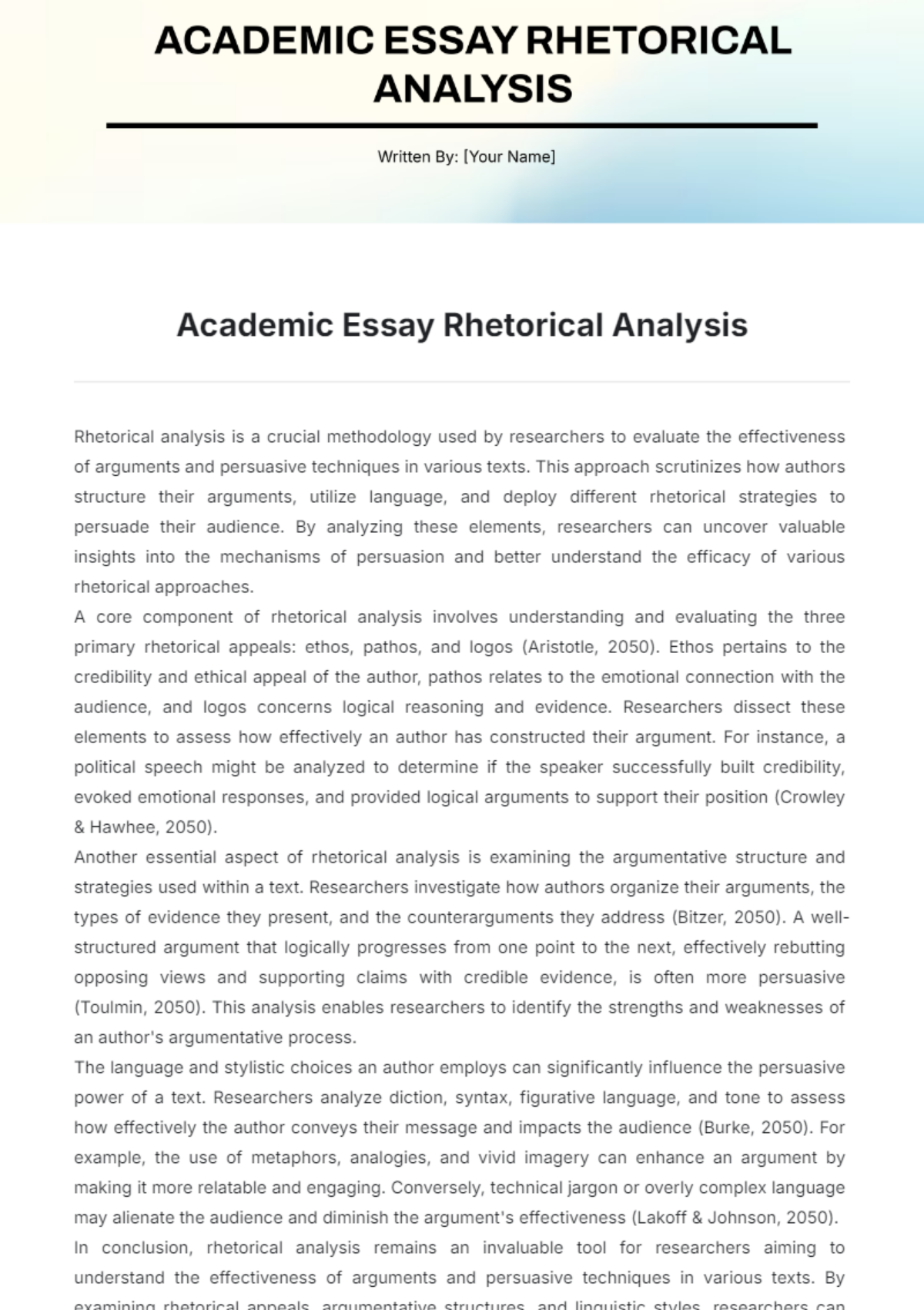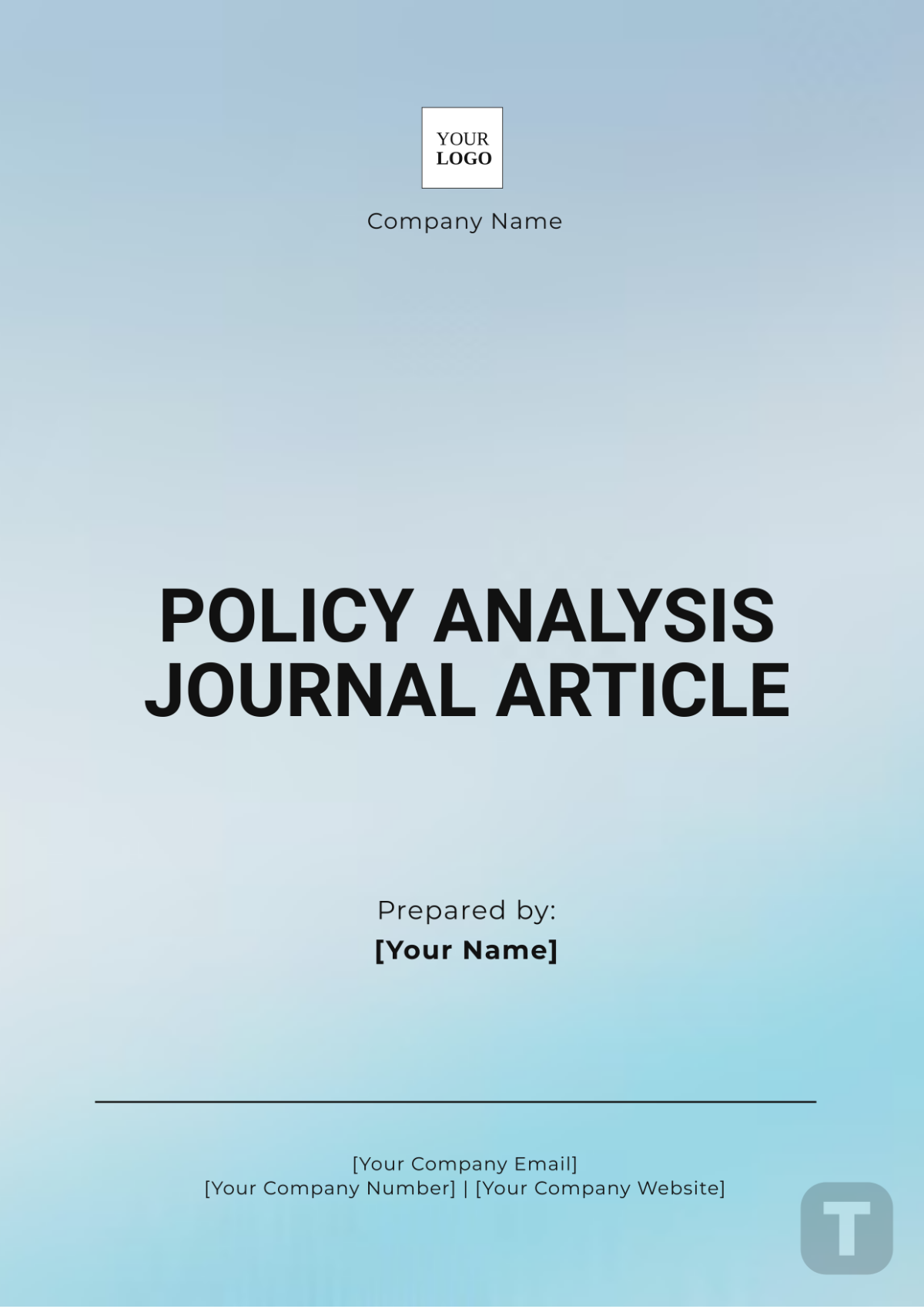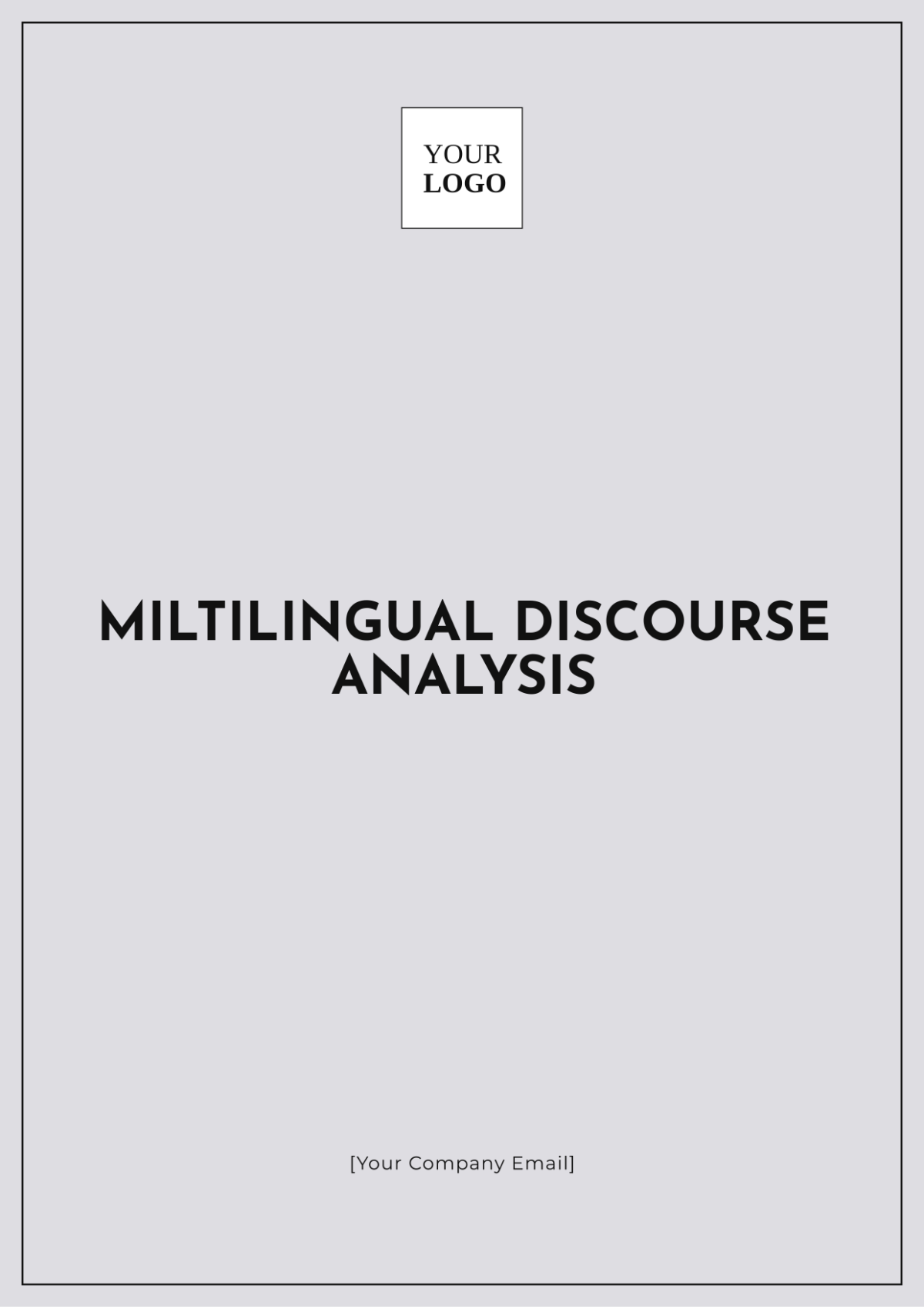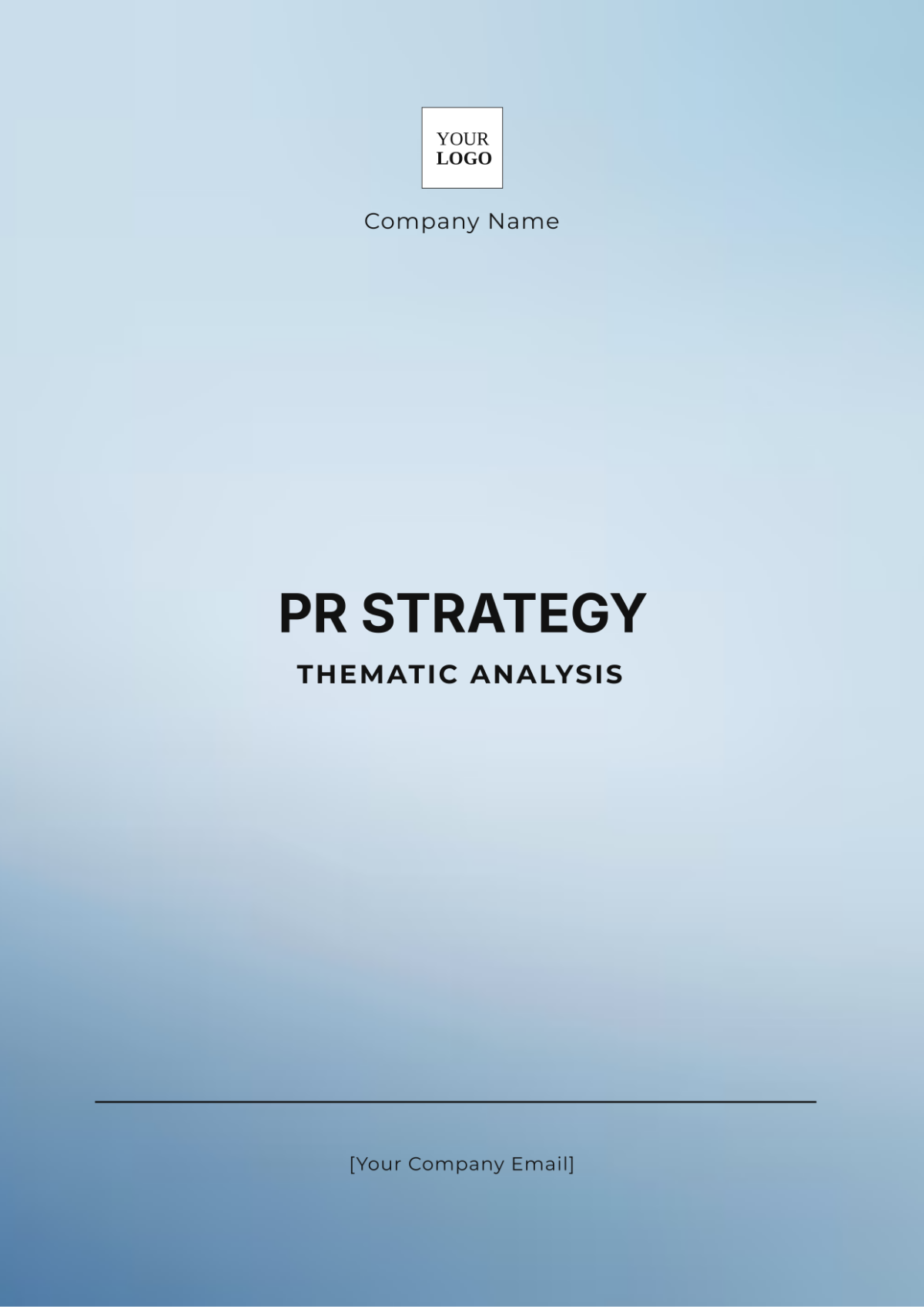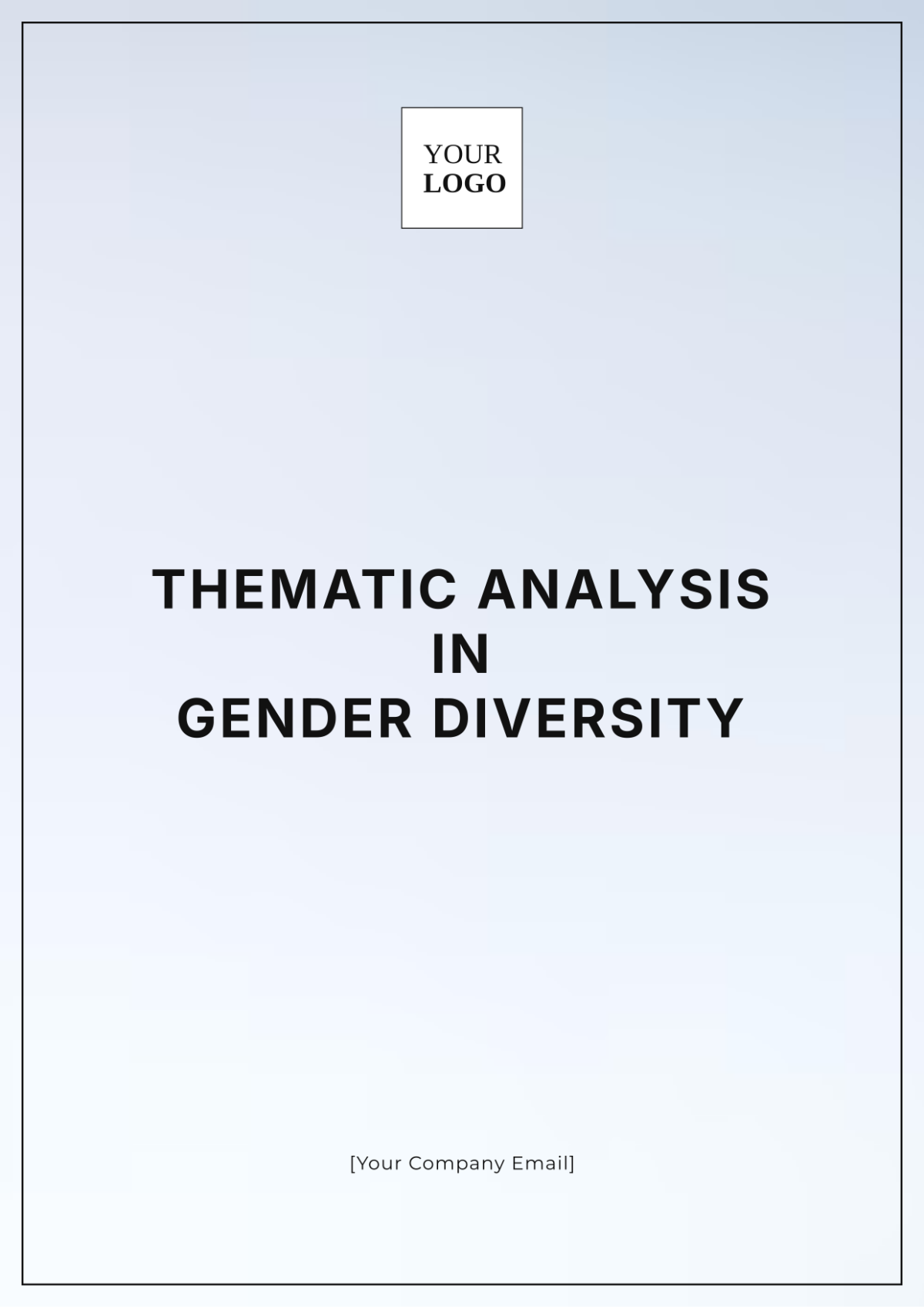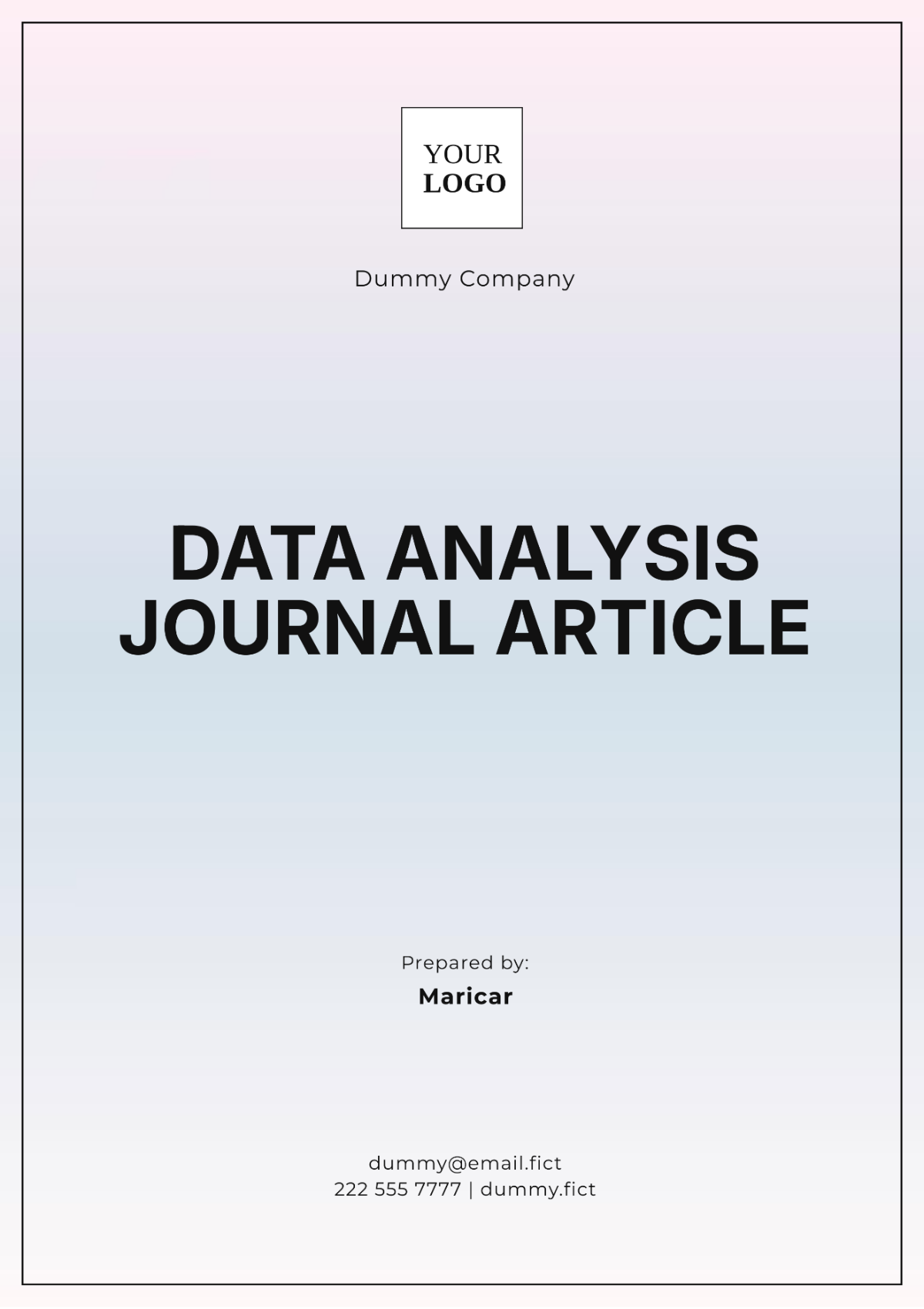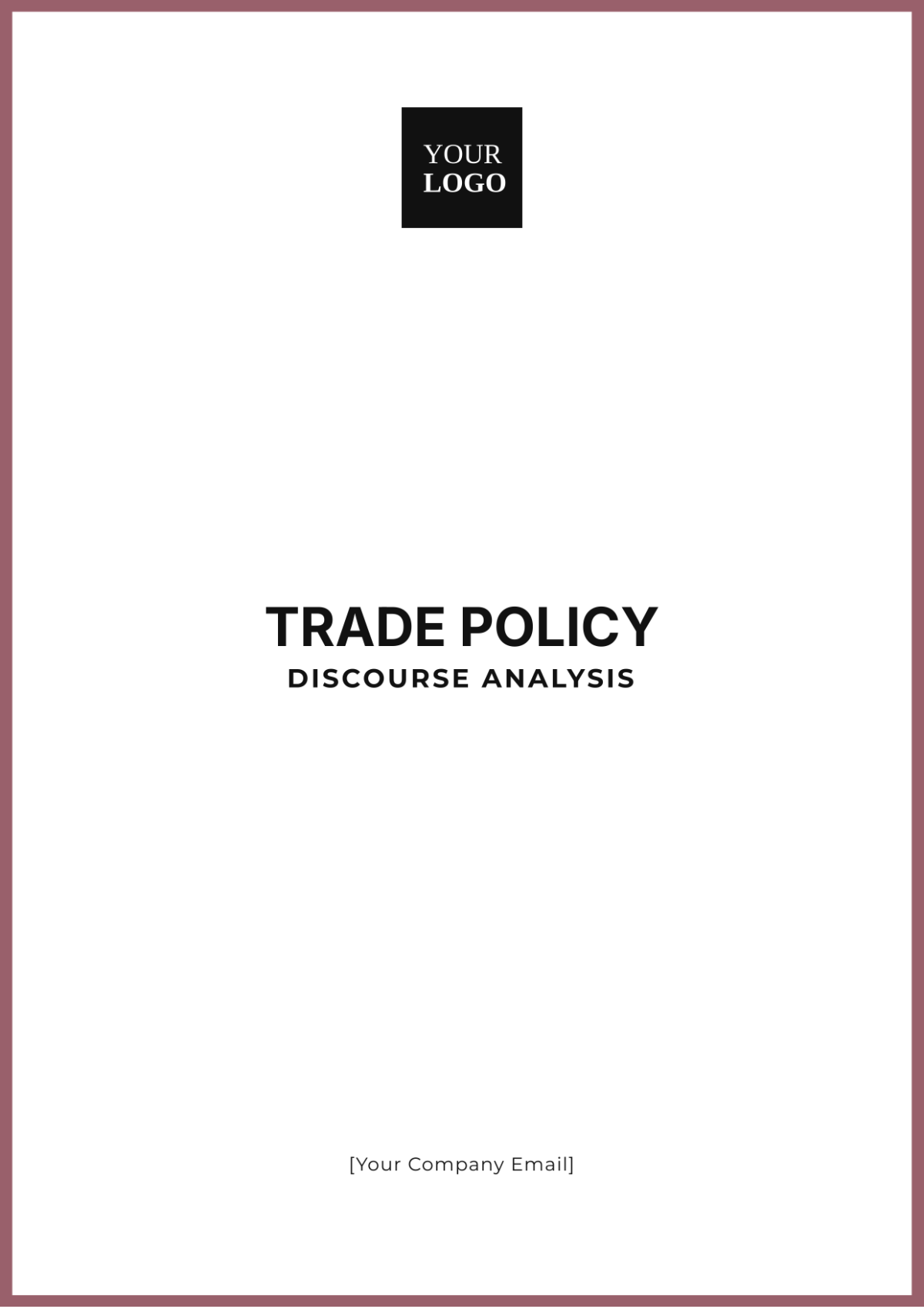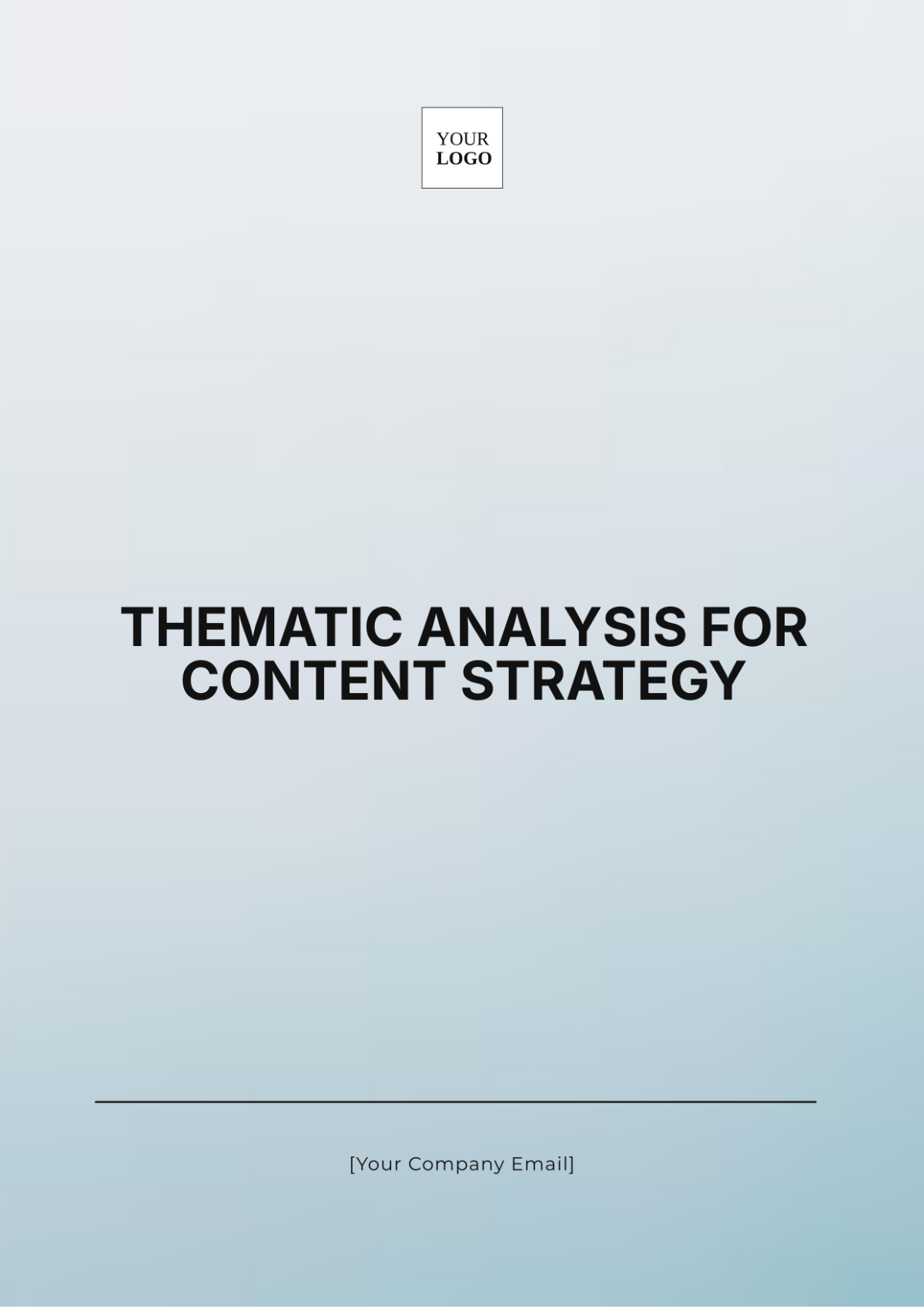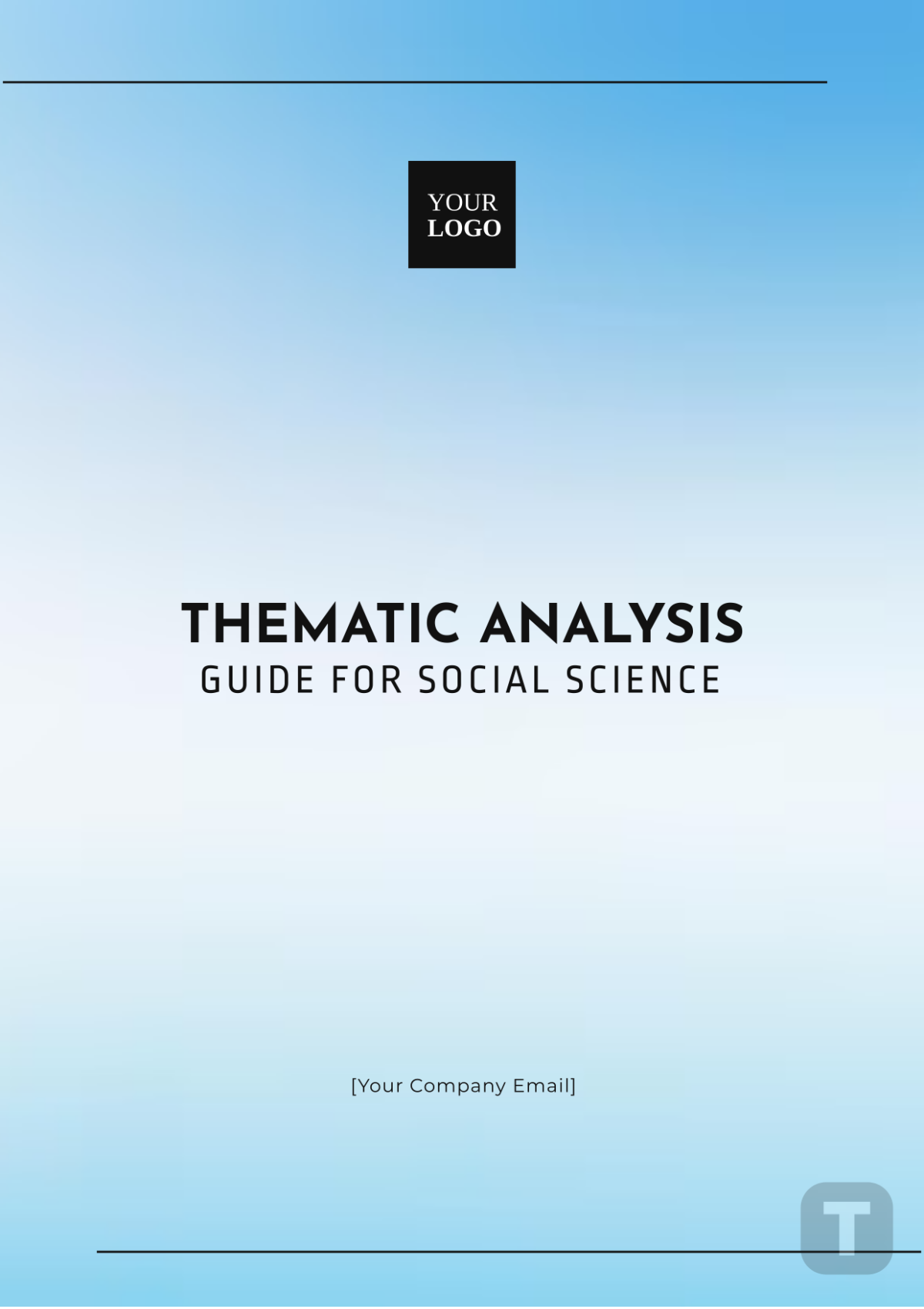Thematic Analysis for Content Strategy
Prepared by: [Your Name]
Date: [Date]
1. Introduction
Thematic analysis is a vital method used to identify, analyze, and report patterns (themes) within data. In the context of content strategy, thematic analysis provides insights into content performance, audience preferences, and strategic alignment. This analysis helps organizations understand content trends and optimize their strategies to meet audience needs and business goals.
This document outlines a comprehensive thematic analysis for content strategy, exploring key themes, methodologies, and actionable insights.
2. Methodology
2.1 Data Collection
Data for thematic analysis can be collected through various channels, including:
Content Performance Metrics: Metrics such as page views, time on page, and social shares.
Audience Feedback: Comments, reviews, and survey responses.
Competitor Analysis: Content strategies and performance metrics of competitors.
Social Media Monitoring: Trends, hashtags, and engagement levels.
2.2 Data Preparation
Preparing data involves:
Data Cleaning: Removing irrelevant or duplicate information.
Data Organization: Categorizing content into themes or topics.
Coding: Assigning labels to pieces of data to identify patterns.
3. Thematic Analysis Process
3.1 Identifying Themes
Themes are identified through a systematic process:
Initial Reading: Familiarize with the content to understand the broad context.
Generating Initial Codes: Create initial codes based on recurring ideas or concepts.
Searching for Themes: Group codes into potential themes.
Reviewing Themes: Refine themes to ensure they accurately represent the data.
Defining and Naming Themes: Clearly define each theme and assign a descriptive name.
3.2 Key Themes in Content Strategy
The following themes are commonly identified in content strategy analysis:
Audience Engagement: Measures how well content resonates with the target audience.
Content Relevance: Evaluates the alignment of content with audience interests and industry trends.
Content Quality: Assesses the accuracy, clarity, and value of the content.
Content Distribution: Analyzes the effectiveness of content dissemination channels.
Competitor Strategies: Understand how competitors’ content strategies impact your approach.
4. Findings and Insights
4.1 Audience Engagement
Metric | Observation | Insight |
|---|---|---|
Page Views | High on blog posts and infographics | Audience prefers visually engaging content |
Time on Page | Longer detailed articles | In-depth content retains audience interest |
Insight: To enhance engagement, focus on creating visually appealing and in-depth content that resonates with your audience’s interests.
4.2 Content Relevance
Content-Type | Performance | Insight |
|---|---|---|
Industry News | High shares and comments | Audience values up-to-date industry insights |
How-to Guides | Moderate engagement | Useful but may need more practical examples |
Insight: Emphasize timely industry news and enhance practical value in how-to guides to improve relevance.
4.3 Content Quality
Quality Aspect | Assessment | Insight |
|---|---|---|
Accuracy | Generally high | Content is trusted by the audience |
Clarity | Mixed reviews | Improve readability and clarity |
Insight: Maintain high accuracy and focus on improving content clarity to boost quality.
4.4 Content Distribution
Channel | Effectiveness | Insight |
|---|---|---|
Social Media | High engagement | Continue leveraging social platforms |
Email Newsletters | Moderate open rates | Optimize subject lines and content format |
Insight: Enhance email newsletters and continue leveraging social media for broader reach.
4.5 Competitor Strategies
Competitor | Strategy | Insight |
|---|---|---|
Competitor A | Focuses on video content | Video content is trending |
Competitor B | High frequency of blog posts | Frequent posting keeps audience engaged |
Insight: Consider integrating video content into your strategy and increase posting frequency.
5. Recommendations
5.1 Enhance Engagement
Implement Interactive Content: Use quizzes, polls, and interactive infographics to boost engagement.
Optimize Visual Content: Invest in high-quality images and videos to make content more appealing.
5.2 Improve Relevance
Monitor Industry Trends: Stay updated with industry news and incorporate relevant topics into your content.
Conduct Audience Research: Regularly gather feedback to ensure content aligns with audience interests.
5.3 Increase Content Quality
Review and Edit: Implement a rigorous review process to ensure accuracy and clarity.
Enhance Readability: Use simple language and clear formatting to improve readability.
5.4 Optimize Distribution
Revise Email Campaigns: Experiment with different formats and subject lines to improve open rates.
Leverage Social Media Insights: Use analytics to determine the best times and types of posts for social media.
5.5 Address Competitor Strategies
Incorporate Video Content: Explore creating video content to stay competitive.
Adjust Posting-Frequency: Experiment with more frequent posts to maintain audience engagement.
6. Conclusion
Thematic analysis provides valuable insights into content strategy by identifying key themes and trends. By focusing on audience engagement, content relevance, quality, distribution, and competitor strategies, organizations can optimize their content strategy to better meet audience needs and achieve business objectives. Implementing the recommendations derived from this analysis will enhance overall content effectiveness and drive better results.


